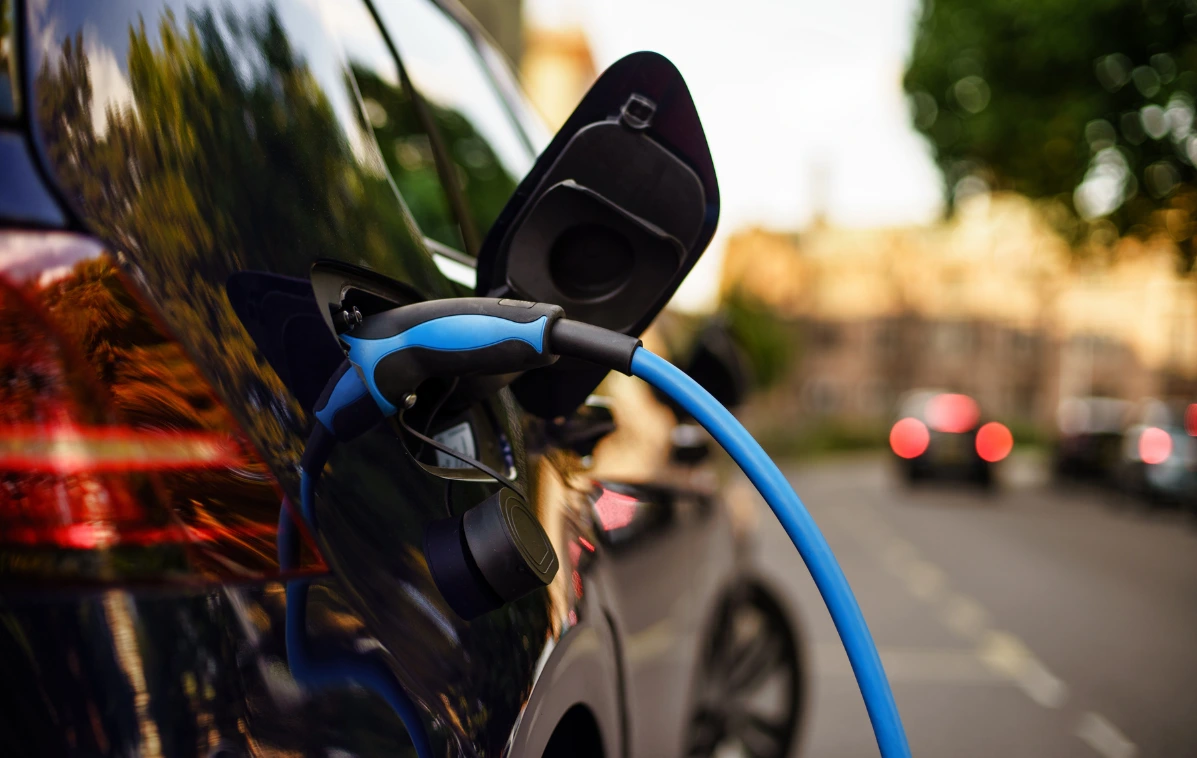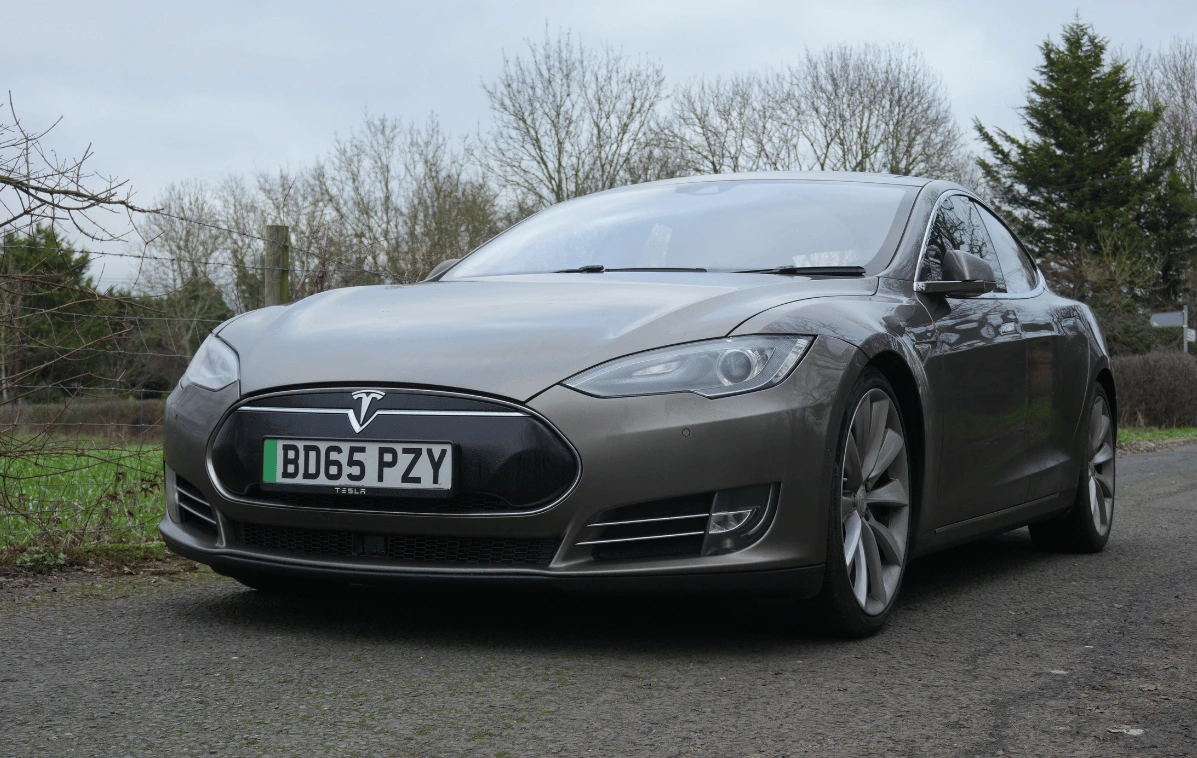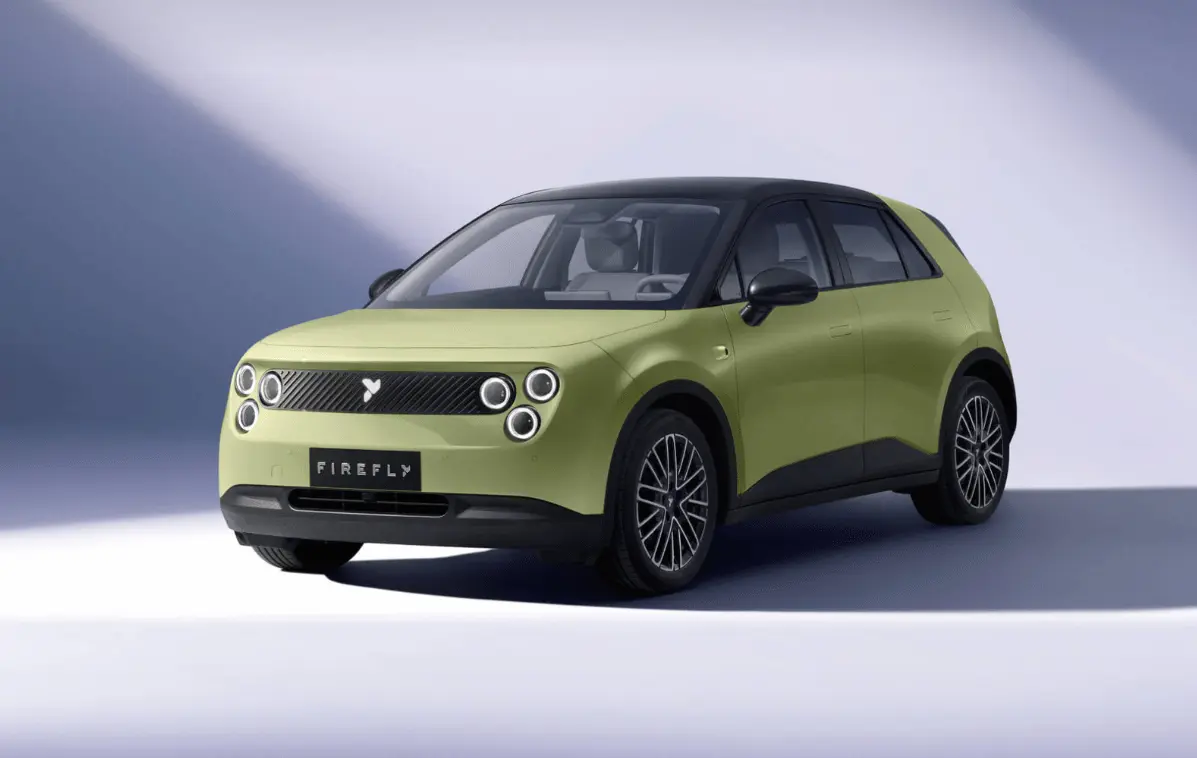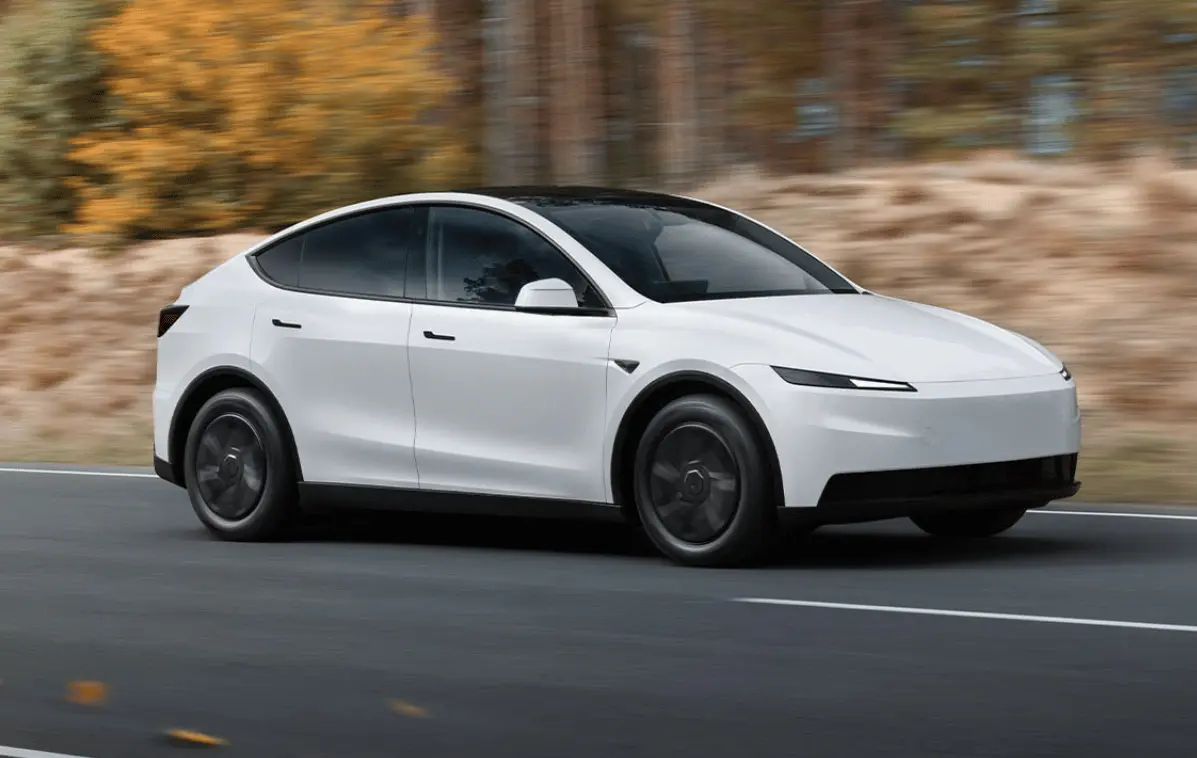The new and updated Electric Car Grant (ECG) was launched on 16th July 2025, with manufacturers being responsible for submitting applications forms to the Office for Zero Emission Vehicles (OZEV). Grants are applied to qualifying cars and the OZEV states that grants must be claimed before registration, including demonstration models.
The ECG applies to all electric cars priced at £37,000 RRP or less and for vehicles with a battery or fuel cell range exceeding 100 miles (WLTP). This means the grant will not apply to the Citroen Ami due to its limited range, for example.
Details of what qualifies for the grants are more complicated, below we aim to break down the qualifying criteria.
Two levels of grants available:
- £3,750
- £1,500
Criteria (from gov.uk):
- Be an M1 passenger vehicle
- Produce 0g Co2/km
- Have a minimum battery range of 100 miles (WLTP)
- Have a battery or fuel cell, used to drive the vehicle’s propulsion system, with an acceptably low rate of degradation
- Have a warranty that guarantees the following:
- At least 8 years, or a distance of at least the first 100,000 miles, whichever is reached first
- Providing for replacement of the battery if it falls below 70% capacity during the first 8 years
- Covering a main vehicle warranty period of at least 3 years, or a distance of at least the first 60,000 miles, whichever is reached first
Eligible Vehicle
For manufacturers to be eligible for the grant, they must fill out an Electric Car Grant application form and submit it to the OZEV (Office for Zero Emission Vehicles) with supporting evidence of matching criteria to qualify for the grant. And it’s because the onus is placed on manufacturers to apply for the grants is the reason why they may not be avialble initially, but they will subsequently be introduced following successful applications.
Successful applications will see their vehicles listed publicly on the Eligible Vehicles List and it’s the OZEF that will decide whether a grant applies or not, and whether the full grant of £3,750 applies, or the reduced grant of £1,500 applies.
An interesting caveat is where a vehicle model has multiple powertrain options (battery capacity, drive train configuration and maximum power) and eligibility will be determined by the RRP price for the lowest priced variant of each distinct power train (gov.uk).
Example: If Tesla reduced the RRP of their Model 3 RWD to £37,000 potentially the RWD Long Range version currently priced from £44,990 could also qualify.
What Else?
By now you have determined that this grant system is more complex than just applying a value for cars priced at £37,000 or below. However, there is more. By looking at the application form, other details that are being requested are:
- Model
- Model variants
- Battery chemistry and capacity
- Maximum speed
- Number of seats
- Car segment
- RRP
- Charging plug type
- Crash safety
- Electrical safety
- Science based environmental targets
- Location of vehicle assembly
- Location of battery production *
- Battery degredation evidence
Conclusion
In some respects, it’s applying an environmental score to manufacturers and their cars, which is good, but on the other hand it’s adds so much complexity that at this stage it’s not transparent how many cars will be eligble to receive the grant and at what tier.
It may also harm manufacturers who have cars priced within the acceptable range, but fall short of other criteria without the chance of having time to make necessary adustments to complex manufacturing processes and supply chains. And it's this that can take many years to adjust to suit, by which point the grants may have been retired. This will heavily favour some manufacturers over others when the car industry as a whole would be in need of support.
It would perhaps have been easier to apply a blanket £3,000 discount to all EV’s that fall below a £37,000 RRP with a WLTP range exceeding 100 miles so that manufacturers and consumers have clear guidelines and can review all manufacturers based on their requirements to find an EV that suits them.
*Assembly and battery manufacturing location as well as emissions from manufacturing the battery cells account for 70% to the overall environmental score.










